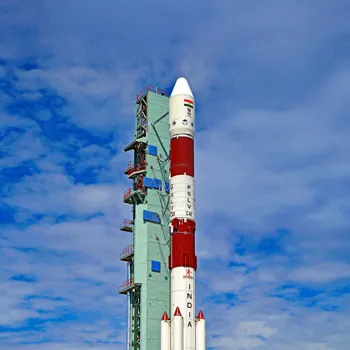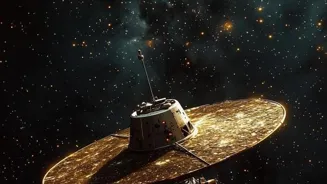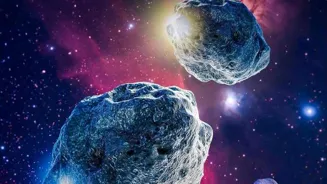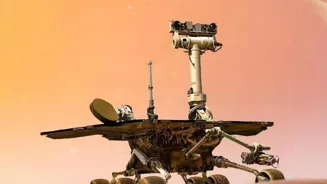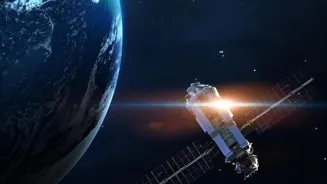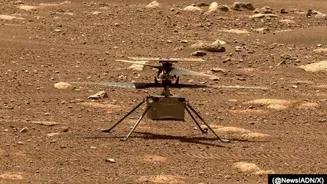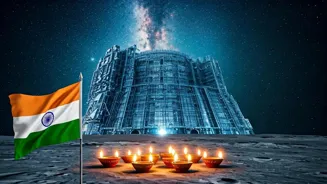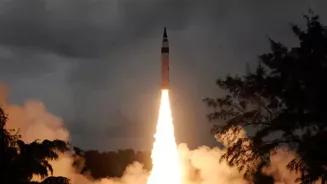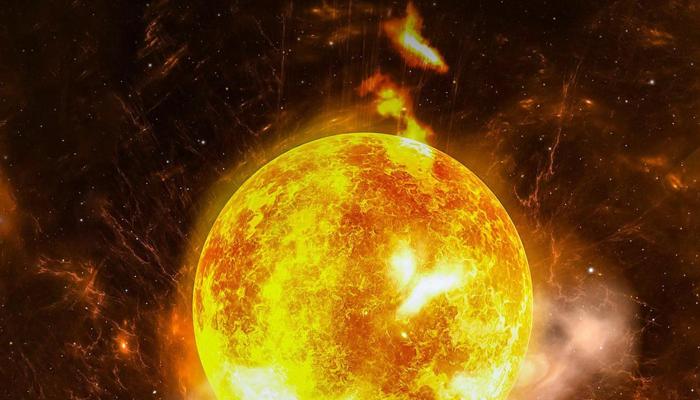Unraveling the Science of Space Risk Management: A Deep Dive into How Space Missions Tackle the Unknown. Discover more!
India's successful Chandrayaan-3 mission has once again highlighted the immense complexities
and inherent risks in space exploration. Sending probes to the Moon, Mars, or beyond isn't just about building powerful rockets.

It's a meticulously planned and executed dance with uncertainty, where scientists and engineers work tirelessly to mitigate potential disasters. But how exactly do these space agencies, like ISRO, NASA, and others, brace themselves for the sheer unpredictability of space?
The answer lies in a rigorous application of risk management principles, a science in itself.
Identifying potential hazards before rocket launch is crucial
Preparing for the unknown starts long before the rocket even leaves the launchpad. It begins with identifying potential hazards – the "what-ifs" that could derail a mission.
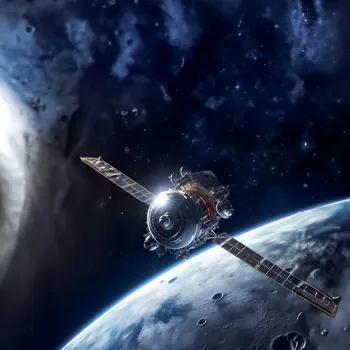
These hazards can range from technical malfunctions and unpredictable weather patterns to micrometeoroid impacts and anomalies in the spacecraft's trajectory. Experts from various fields brainstorm possible scenarios, meticulously documenting each potential problem.
This process is critical in outlining the scope of potential issues.
Assessing risks to prioritize resources and attention
The next step is assessing the likelihood and potential impact of each identified hazard. Some risks, like minor equipment glitches, might be relatively common but have minimal impact. Others, like a critical engine failure, might be rare but catastrophic.
This assessment helps prioritize which risks need the most attention and resources. It involves simulations and modelling to comprehend the effect of such uncertainties. Data analysis is used in conjunction to forecast possibilities.
Mitigation strategies reduce risks in spacecraft design
Once the risks are assessed, the real work begins: developing mitigation strategies. These are the concrete steps taken to reduce the probability or impact of each potential problem. Redundancy is a key strategy.
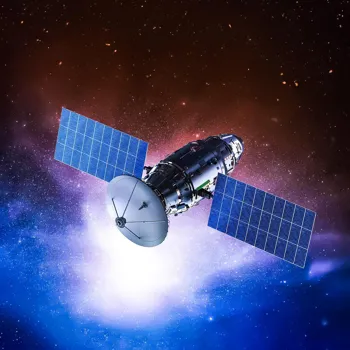
Spacecraft often have backup systems for critical components, so if one fails, another can take over. For example, Chandrayaan-3 had multiple landing sensors and propulsion systems. Testing and quality control are also crucial.
Every component of a spacecraft undergoes rigorous testing to ensure it can withstand the harsh conditions of space. This includes vibration tests, thermal vacuum tests and radiation exposure tests. These tests are designed to reveal weaknesses and address issues before launch.
Contingency plans essential for effective risk management
Another important aspect of risk management is having contingency plans in place. These are pre-determined actions to take if something does go wrong. They might involve remotely activating backup systems, adjusting the mission trajectory, or even aborting the mission altogether.
The key is to have a clear plan for responding to emergencies, so decisions can be made quickly and efficiently under pressure. Furthermore, there are dedicated teams monitoring the space vessel's status in real-time, ready to respond to any abnormality.
Teams trained for precise crisis reactions, standby for space weather risks
These teams are trained to make informed and precise reactions to any crisis. If the risk arises from space weather, such as solar flares, the mission will be put on standby to avoid any issues.
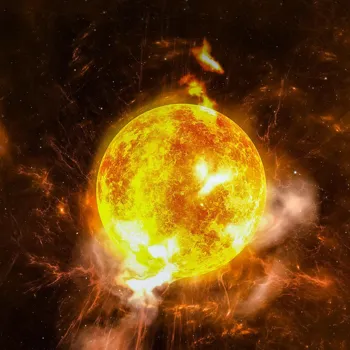
Teams monitor spacecraft performance, adapt mission plan in real-time
Risk management doesn't end with the launch. Throughout the mission lifespan, teams constantly monitor the spacecraft's performance and the space environment. They are prepared to adapt to unexpected challenges, making real-time adjustments to the mission plan as needed.
This requires flexibility, creativity, and a deep understanding of the spacecraft's systems. Data from sensors and cameras is constantly scrutinized, helping with identification of issues or adjustments from unforeseen circumstances.
This can be from course correction burns to managing power consumption.
Proactive monitoring for mission success and longevity
The monitoring allows for quick implementation of solutions in case of unprecedented challenges. Such proactive measures are an essential practice in extending mission duration. It requires the team to perform in their best conditions.
Space agencies manage risks for successful space missions
The success of space missions hinges on the ability to anticipate and manage the inherent risks of space exploration.
By systematically identifying potential hazards, assessing their impact, and developing mitigation strategies, space agencies like ISRO can push the boundaries of human knowledge and explore the cosmos with greater confidence.
Continuous learning from each mission, both successful and unsuccessful, is what enhances future successes. The lessons learned are documented and incorporated into future mission designs and procedures.
Continuous learning drives progress in space exploration, enhancing missions' resilience
This constant cycle of learning and improvement is what drives progress in space exploration. It enhances the resilience and performance of upcoming missions to the stars. ISRO along with other space agencies, are constantly pushing the edges of development to perfect their processes.
